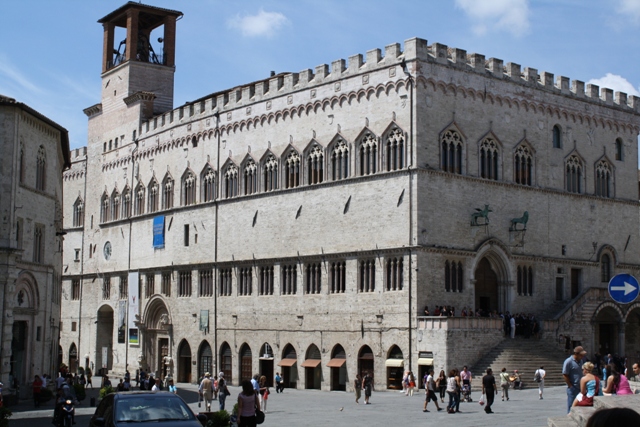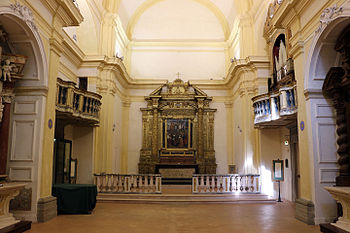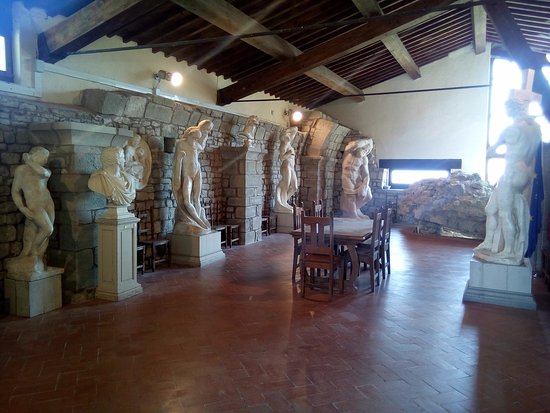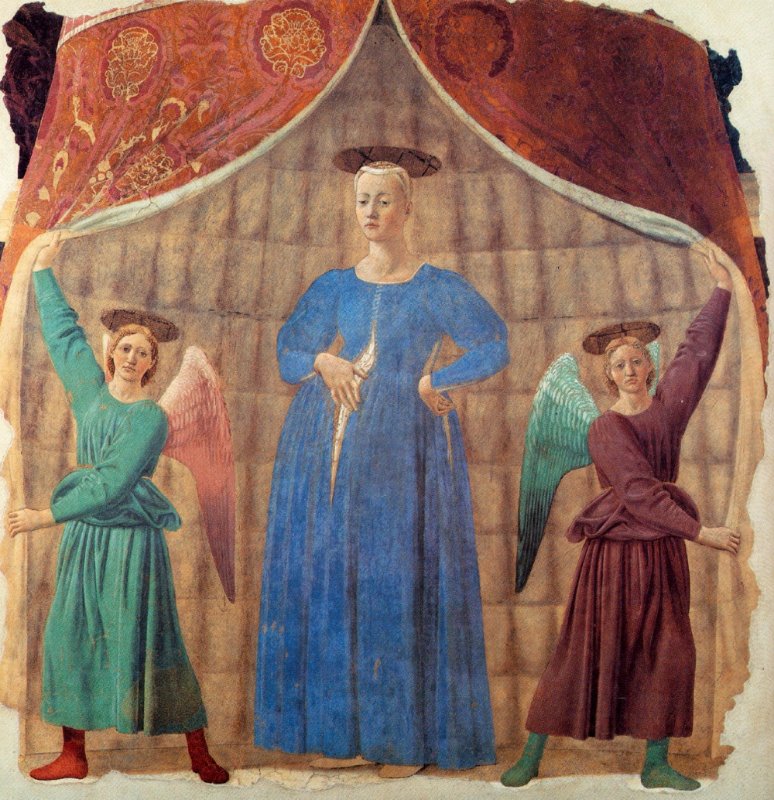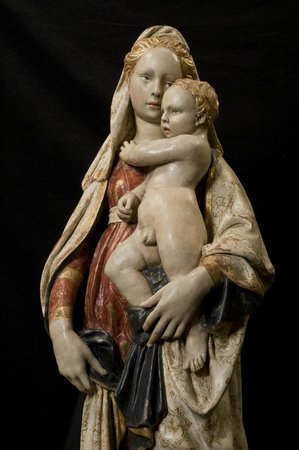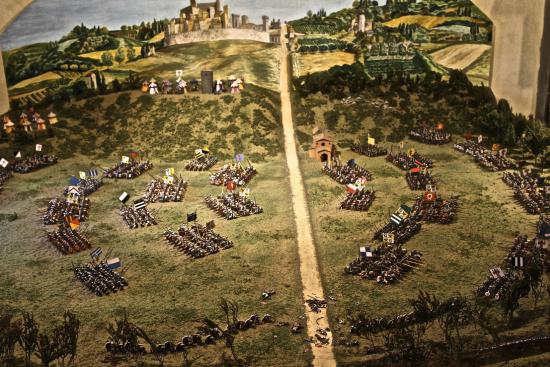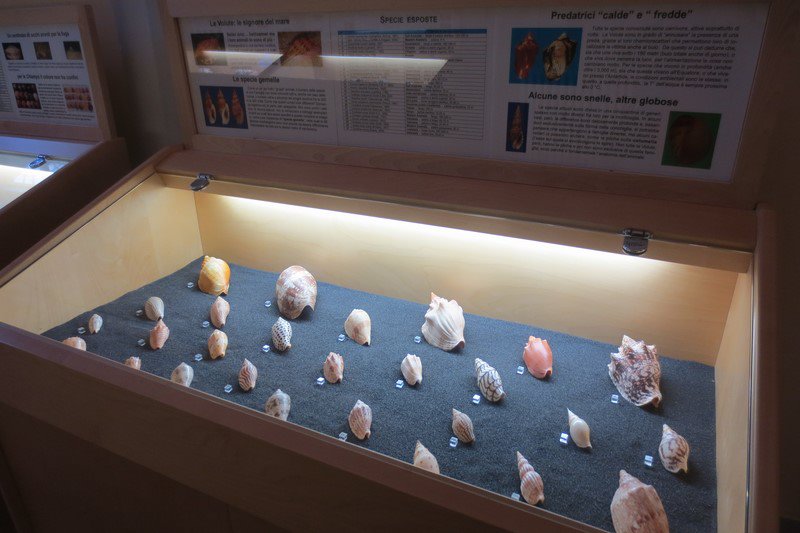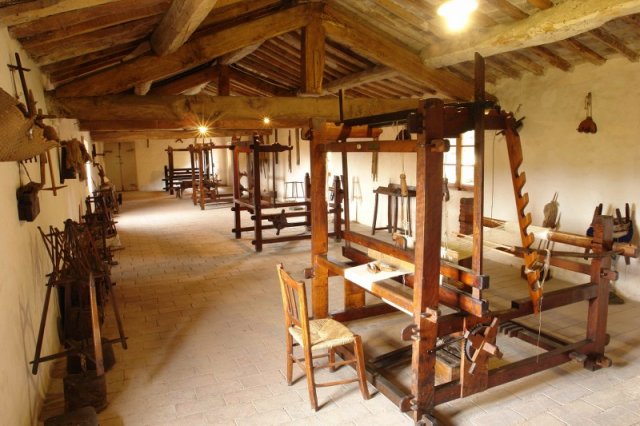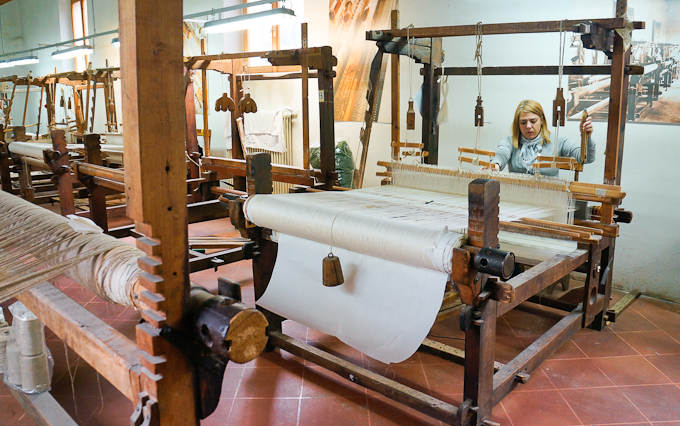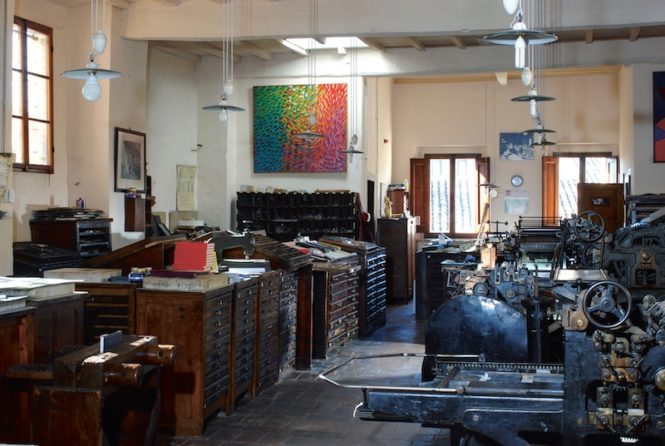The National Gallery of Umbria is one of the richest collections in Italy with works of international interest. The artistic evidence it preserves ranges from paintings on wood, canvas and wall to wood and stone sculptures, goldsmithery and textiles, examples of the artistic production developed between the thirteenth and nineteenth centuries.
The collections of the Galleria Nazionale dell’Umbria have been housed since 1878 on the upper floors of Palazzo dei Priori in Perugia, one of the greatest examples of Gothic civil architecture. The new exhibition area, inaugurated in December 2006, covers an area of 4000 square metres on two levels.
The prestige of the collection is testified by the presence of some masterpieces of the Middle Ages and the Renaissance with works by Arnolfo di Cambio, Nicola and Giovani Pisano, Duccio di Boninsegna, Gentile da Fabriano, Beato Angelico, Benozzo Gozzoli, Piero della Francesca and Francesco di Giorgio Martini. Ample space is reserved for the Umbrian artists Benedetto Bonfigli, Bartolomeo Caporali, Fiorenzo di Lorenzo and in particular for the famous paintings by Perugino, Pintoricchio and their students and followers. Some sections are dedicated to masterpieces of Sienese goldsmithery, traditional Umbrian fabrics, the unpublished collection of drawings (including a precious sanguine study by Federico Barocci), and the sculptural decoration of the façade of the church of the Maestà delle Volte by Agostino di Duccio.
The itinerary continues with an exhaustive selection of paintings and sculptures from the 17th, 18th and 19th centuries, made in Umbria by some of the protagonists of the time such as Orazio Gentileschi, Valentin de Boulogne, Pietro da Cortona, Corrado Giaquinto, Sebastiano Conca, Pierre Subleyras, Jean Baptiste Wicar. The exhibition concludes with original nineteenth-century thematic presentations dedicated to Perugian topography and the precious Carattoli collection.

